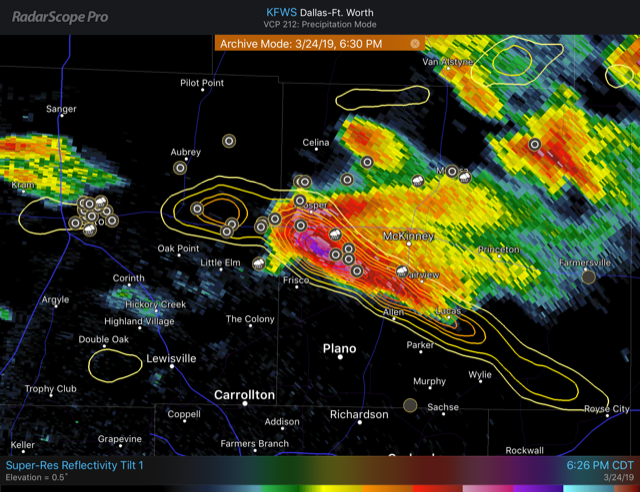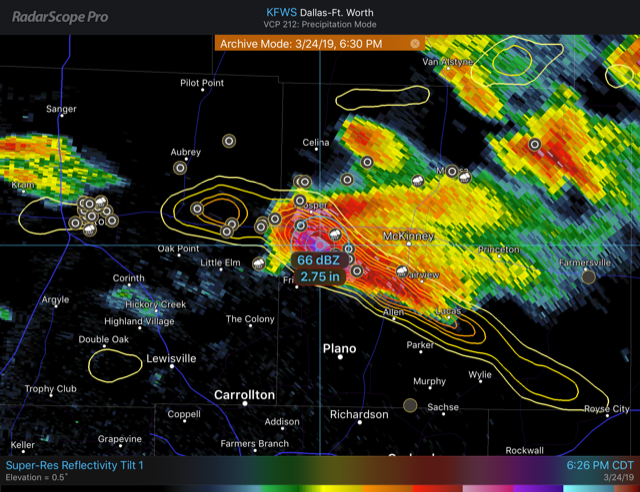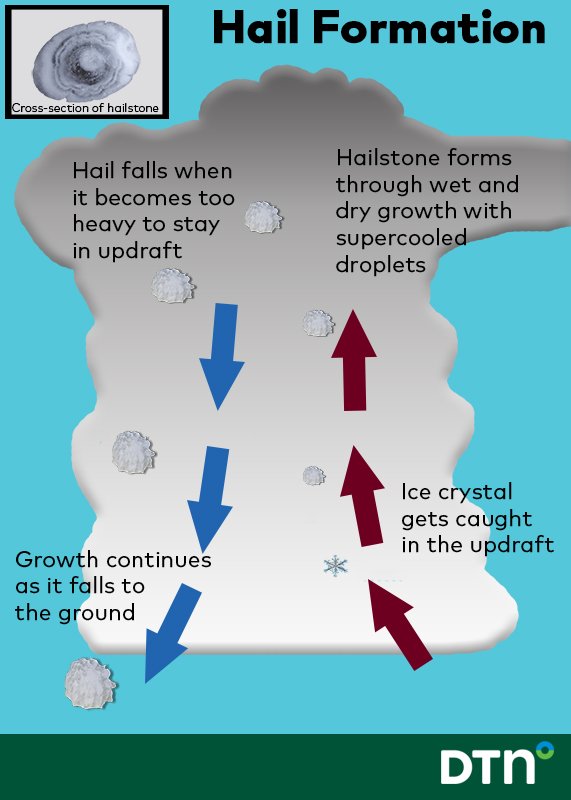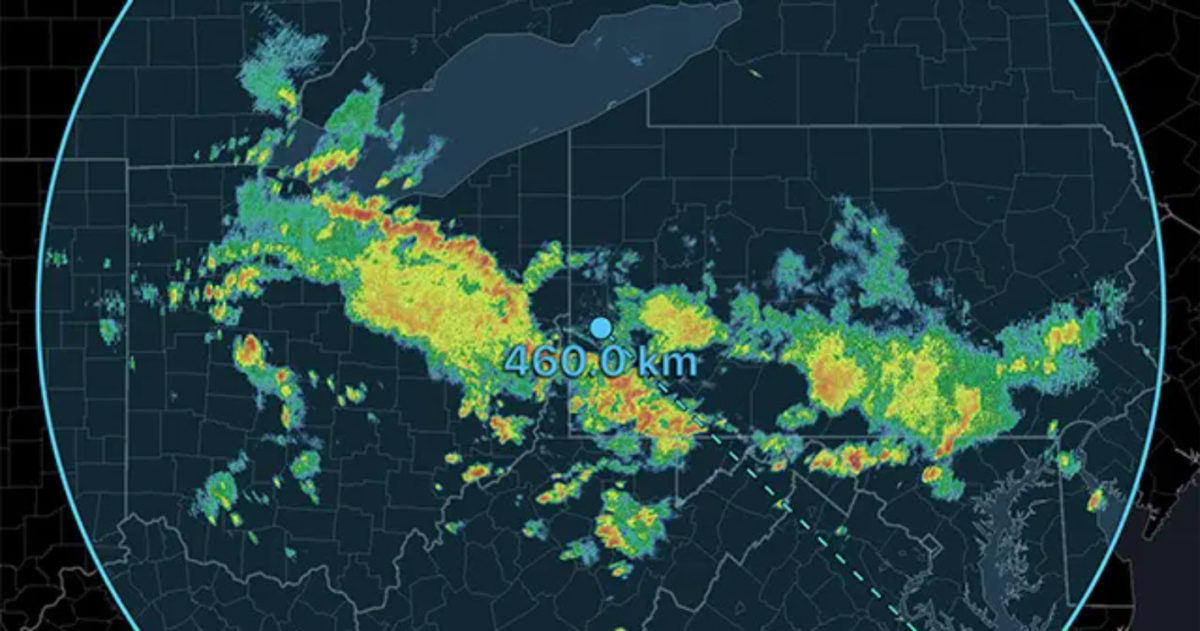Ah, springtime in Texas! The trees are beginning to leaf-out, daffodils and tulips are blooming, and hailstones are falling. Severe storms in North Texas regularly bring hail, and sometimes those hailstones are significant in size, extremely damaging, and can be plentiful enough to appear as snow on the ground.
Crazy hail in Plano, Texas tonight. Video:@vonwiii @wxbrad @mattlanza pic.twitter.com/dztWI8H6Fq
— Josh Fahey (@joshfahey) March 25, 2019
Take a look at this video taken in Plano, located north of Dallas. Photos of hailstones range from dime-sized covering roads to baseballs or larger. What you may not see is the vegetation and roof damage. Trees and flowers will eventually recover, but many roofs in the area will need to be replaced, and numerous car owners will be searching for new windshields and paintless dent repairs.
 |
 |
Looking at RadarScope data, we can see the core of this storm overlaid with hail contours. The hail size contours in RadarScope are primarily derived from reflectivity, differential reflectivity, and correlation coefficient. Using the Inspector Tool, we can see that the hailstones were estimated to be 2.75 inches or the size of baseballs.
HAIL IN NORTH TEXAS I Check out how big the hail was in Frisco this evening! Thanks to our viewer for sending us this pic.
Send your weather pics to isee@nbcdfw.com
⚠️WEATHER ALERT INFO HERE⚠️ https://t.co/CXSw5dWYPT pic.twitter.com/VzZOtJIV2B
— Laura A. Harris (@LauraHarrisNBC5) March 25, 2019
And from this image (assuming this isn’t one of those tiny mandarin oranges), we can see that the estimated size was pretty much spot-on!

For many years it has been taught that hail forms by cycling in a thunderstorm, getting bigger and bigger until it was too heavy for the updraft. The rings in hailstones were thought to be caused by the multiple journeys up and down in the storm. However, this theory is wrong.
High up in a thunderstorm, the air is below freezing. The birth of a hailstone starts with a very tiny ice crystal. As this ice crystal gets pulled higher up into the storm, it begins to grow. As a hailstone ascends in a thunderstorm, it will encounter alternating areas in the storm of wet and dry growth. If in a slower updraft area, hail may rapidly grow because it has more time for the droplets to accumulate on it. If in a faster portion of the updraft, it may not have much time to grow at all. Latent heat, released as hail grows, causes the outer layer to remain liquid. Therefore, some growth will occur due to collisions with other hailstones. Eventually, the updraft can no longer hold the hail, and it falls back to the ground growing more through the same method as before.
Yup, it is Spring in North Texas. None of us got hurt by the #hail, but our Honda is toast pic.twitter.com/iSXafXMKru
— Jeff Potts (@jeffpotts01) March 25, 2019
Unfortunately, North Texas is very familiar with spring hail storms. Damaging hailstorms hit this same location nearly every year. If you live in this area and don’t have a roof older than three years old, you’re fortunate! Check out some of my other blogs on this phenomena in the last few years.








